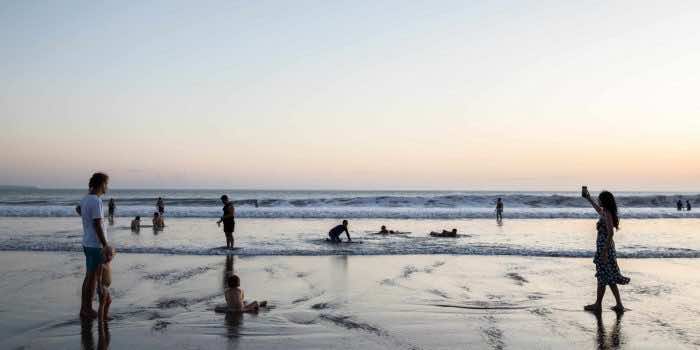Indonesia’s tourism minister Sandiaga Uno told Bloomberg on Monday the country is developing a new “digital nomad” visa to attract higher-spending visitors.
“In the past, the ‘three S’s’ were sun, sea, and sand. We’re moving it to serenity, spirituality, and sustainability,” Uno said. Indonesia’s “digital nomad” visa would be effective for five years, and Indonesia wouldn’t tax income received from overseas. Uno also promised speedier visa approvals and a greater frequency of flights in the interim.
Currently, visitors can either get a tourist visa for a maximum of 60 days or bypass several legal hoops for a six-month temporary work permit. But anyone staying in Indonesia for longer than 183 days of a full year automatically becomes a local tax resident—which means subjecting overseas income to Indonesia’s tax rates.

Indonesia’s top tax bracket is a 35% tax rate for income above about $350,000. That is a lower tax rate than countries like the U.S. (which has a 35% tax bracket between $215,950 and $539,900) and the U.K. (which charges a 45% rate for income after a $187,000 threshold). However, it is still more than other potential digital nomad hubs. Dubai offers its own one-year renewable “digital nomad” visa and does not charge income tax at all, whatever the visa type.

An Indonesian “digital nomad” visa would regularize what remote workers in Bali are already doing, without requiring them to extend their visas every few months and removing the risk of quick deportation for breaking the rules.
Indonesia’s digital nomad visa would also be longer than every other “digital nomad” visa currently available, in 33 countries including Germany, Mexico, Barbados, and Estonia. Data compiled by Harvard Business School professor Raj Choudhury finds that most “digital nomad” visas offer stays of one to two years, with the most generous offering a four-year stay.
Indonesia’s tourist numbers increased by 500% in April to hit 111,000, a record since the pandemic—but still much lower than the average 1.3 million visitors it got each month in 2019.


